MTPE – When and Why to Use Machine Translation Post-Editing
CLEAR WORDS
TRANSLATIONS
All News
avril 11, 2024 | Uncategorized
MTPE – When and Why to Use Machine Translation Post-Editing
Machine Translation Post-Editing (MTPE) has emerged as a crucial component in the realm of translation and localization. With advancements in Artificial Intelligence (AI) and Natural Language Processing (NLP), machine translation has become increasingly sophisticated, offering quick and cost-effective solutions for translating vast volumes of content. However, the question arises: when and why should we employ MTPE?
Understanding MTPE
MTPE involves the process of refining machine-generated translations by human editors. It combines the efficiency of machine translation with the precision and nuance of human linguistic expertise. This hybrid approach aims to produce high-quality translations that meet professional standards while optimizing time and resources.
When to Use MTPE
1. High-Volume Projects: MTPE is particularly beneficial for projects involving large volumes of content that require quick turnaround times. By leveraging machine translation for the initial draft, followed by human post-editing, organizations can handle extensive projects efficiently.
2. Technical Content: For technical content such as user manuals, product descriptions, and technical documentation, MTPE ensures accurate and contextually appropriate translations. Human editors refine the output to align with industry-specific terminology and nuances.
3. Time-Sensitive Materials: In scenarios where time is of the essence, MTPE offers a rapid translation solution without compromising quality. It is suitable for urgent communication needs, such as press releases, announcements, or time-sensitive marketing campaigns.
Why Use MTPE?
1. Cost-Effective Solution: MTPE optimizes costs by combining the speed of machine translation with the accuracy of human editing. It reduces the time and effort required for manual translation while maintaining quality standards.
2. Consistency and Accuracy: Human editors ensure terminological consistency and linguistic accuracy in translated content. MTPE minimizes errors and ensures that the final output reflects the intended message accurately.
3. Improved Productivity: By automating the initial translation phase with machine translation, MTPE allows linguists to focus on refining and enhancing translations. This streamlined workflow enhances productivity and scalability.
4. Adaptability to New Technologies: With ongoing advancements in AI and NLP, MTPE adapts to evolving technologies, improving the quality and efficiency of translation processes over time.
Key Considerations
When implementing MTPE, consider the following factors:
1. Quality Expectations: Define quality benchmarks and guidelines for post-editing to ensure consistent and high-quality translations.
2. Domain Expertise: Assign post-editors with expertise in the relevant subject matter to maintain accuracy and industry-specific terminology.
3. Workflow Integration: Integrate MTPE seamlessly into your existing translation workflow to maximize efficiency and collaboration among team members.
In conclusion, MTPE offers a strategic approach to harnessing the capabilities of machine translation while ensuring professional-grade output. By understanding when and why to use MTPE and incorporating best practices, organizations can achieve efficient, cost-effective, and high-quality translation outcomes in today’s dynamic global landscape. If you’re interested in exploring how MTPE can benefit your specific translation needs or have questions about implementing it in your workflows, we invite you to get in touch with one of our experts. They can provide personalized insights and guidance tailored to your requirements.










